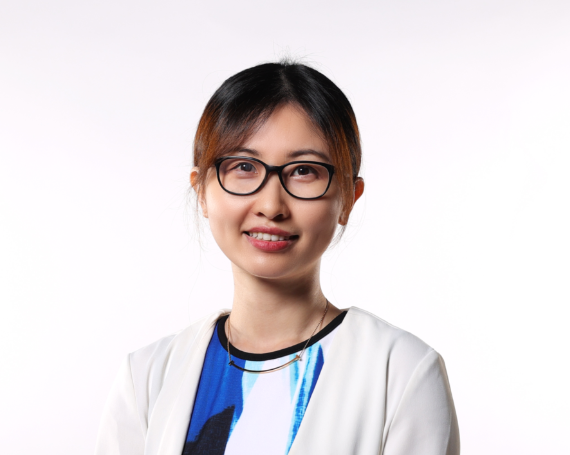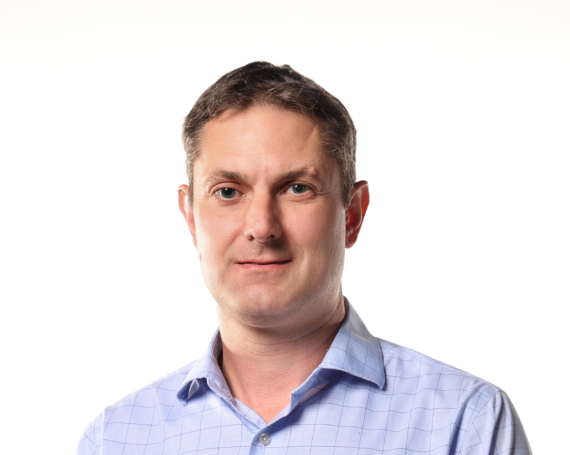
Born in Beirut at the beginning of the Lebanese Civil War, Professor Ibrahim Hoteit grew up surrounded by danger and uncertainty. “I missed two years at school,” he shares, before joking that it was not so bad because he, “became very good at cards.” Despite the disruption to his early education, Hoteit “came from a family of scientists,” and had a natural talent for mathematics, so he was encouraged into a career in academia. He completed his bachelor’s and master’s degrees, and his Ph.D. at Université Joseph Fourrier in Grenoble, France, and during his time there he developed a passion for applied mathematics, particularly in relation to ocean and atmospheric modelling and forecasting.
By the time Hoteit joined KAUST as one of its founding faculty, he had spent eight years in the United States at Scripps Institution of Oceanography, a department at University of California San Diego. After completing his postdoc there, he remained as a research scientist, studying both the Pacific Ocean and the Gulf of Mexico as part of the Estimating the Circulation and Climate of the Ocean (ECCO) consortium. “The project there, which is still ongoing,” he shares, “was to collect all the available data in the ocean and reconstruct its history.” Hoteit is engaged in a similar project at KAUST, although now his attention has shifted to the Red Sea and the Arabian Gulf.
Oceans cover more than 70% of the Earth’s surface and contain more than 95% of its water, so understanding them is key to understanding how the planet functions as a whole. Hoteit’s research involves interpreting as much information as possible from as many sources as possible to learn about the ocean, the atmosphere and the relationship between them. He examines data from the present and from the past so that accurate forecasts can be made for the future. While the data collection itself is not his responsibility – he’s “more of a numerical guy” – he simply cannot get enough of it. Whether from ships, or satellites, or weather stations, Hoteit’s area of expertise is “combining whatever data is available with the [computer] model to provide the best forecast.”
The amount of data involved in this process is truly enormous, and requires nothing less than the world-class supercomputing facilities available at KAUST. Even still, the capabilities only allow for the study of isolated parts of the ocean. In an ideal world, Hoteit says, “we would study the whole globe, because we want a closed system, but very quickly that becomes intractable in terms of computing.” By focusing on the Red Sea, “our back yard” as Hoteit calls it, he and his team can provide more accurate forecasting for Saudi Arabia and the wider region. This work is delivered in part through KAUST’s Virtual Red Sea Initiative, which provides vital information to projects around the Kingdom in their push towards Vision 2030.
There will always be more to learn about the ocean, and it requires a special kind of perseverance that Hoteit certainly seems to possess. “I don’t know how to do nothing,” he admits; “since I’ve come to KAUST I’ve never been bored.” In addition to the local contributions, his work will now also be used to further the global fight against climate change through the recently inaugurated KAUST Climate Change Center, in partnership with the National Center of Meteorology. This opens new avenues for Hoteit as he works on “understanding our region, and its role in the global climate.” While his workload is always increasing, he feels fortunate to have found a home at KAUST. “We’ve been supported a lot by King Abdullah’s vision,” he says with gratitude, “so this is our way to give back.”



